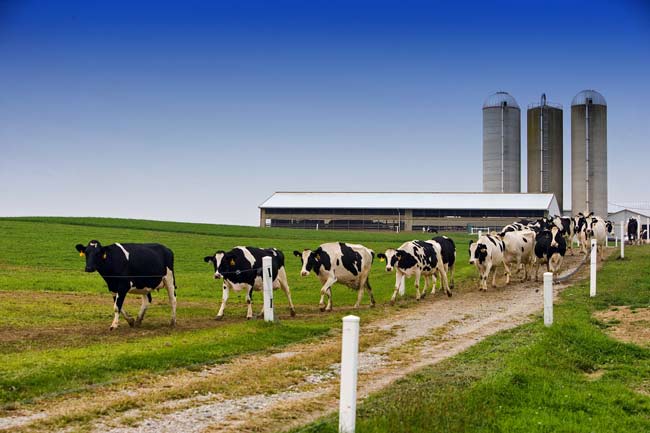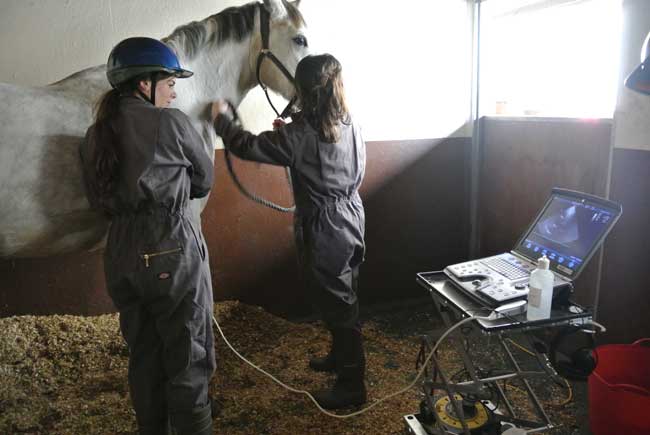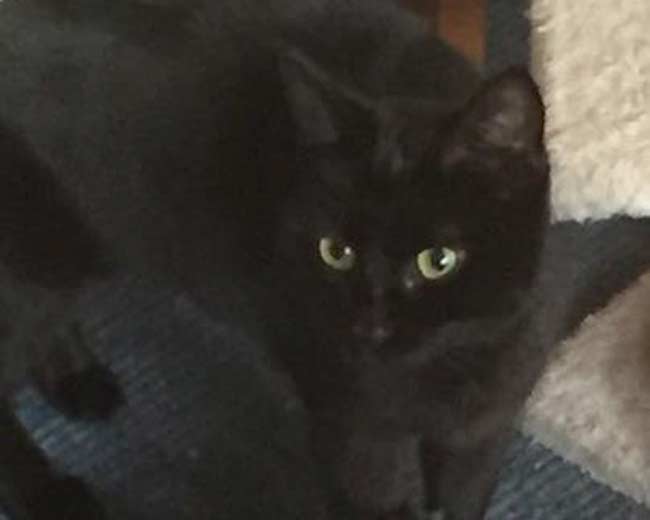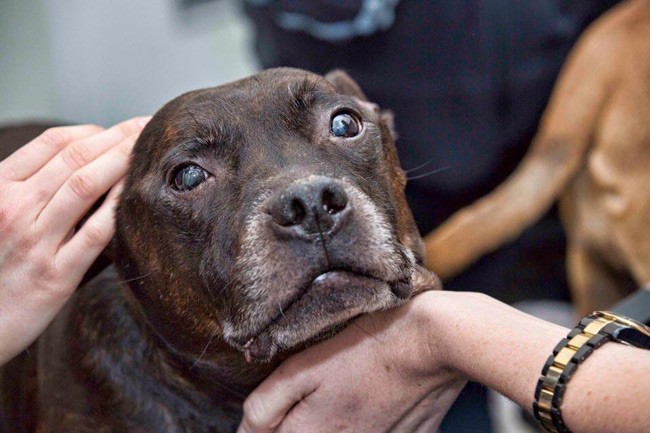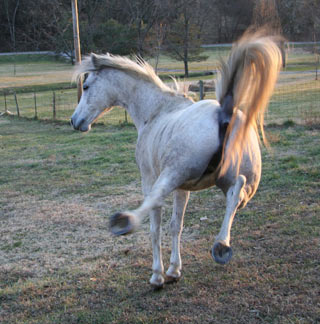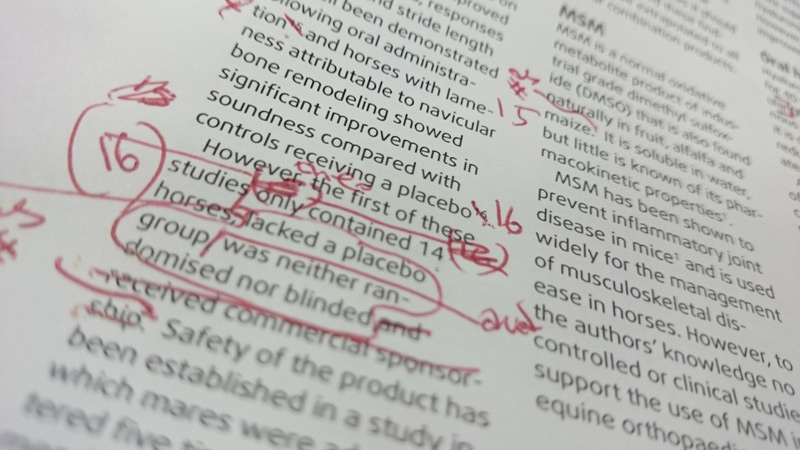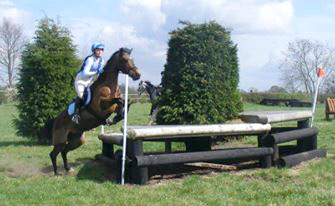
BVSc, MLitt, CertVR, MRCVS
Ashlea Veterinary Centre, Unit 2b, Port Road Business Park, Carlisle CA2 7AF.
T 01228 549177
M 07703 753758
PROPOSERS: Anne French, Iain Richards
Since qualifying from Bristol in 1980, I have worked in a wide range of first-opinion practices (mixed, pure equine and pure small animal) and, for seven years, was involved in the tuition of final year veterinary students while working for the former Glasgow University Practice in Lanark. I achieved the CertVR from practice in 1991 and obtained an MLitt for archaeological research in 1989.
Since 1994, I have run a small animal practice in Carlisle with my wife Kirsty, which has grown to employ five veterinary surgeons and four RVNs, and accepts student VNs from three different colleges. The practice achieved the Investors in People Award on three occasions. I take primary responsibility for cardiology, imaging and orthopaedic work.
Beyond work, my interests include skiing, cycling and DIY, keeping my English setter fully exercised and watching cricket.
Before offering myself for election to the RCVS, I spent two years on SPVS Council; I was elected to RCVS Council for the first time in 2012.
Manifesto
I have been fortunate to be a member of the standards committee throughout my first term on council. Currently its vice-chairman, I have sought to ensure demands made of practitioners are both reasonable and deliverable.
I was part of the post-Chikosi 24/7 review, which, we hope, has more clearly defined the responsibilities of both owners and veterinary surgeons. Another review may prove unavoidable as consumer choice leads to the fragmentation of veterinary service provision, with resultant confusion as to who exactly carries responsibility for the emergency care of those animals “registered” with more than one supplier.
A recent survey, part of the Vet Futures initiative, has revealed worrying levels of disillusionment among younger members of the profession. Further analysis will, I hope, help us to understand the reasons for this. While dedicated emergency services have improved work-life balance for many, as 10-hour days become common have we simply changed the nature of work-related stress? I find it sad fewer graduates now express an interest in running their own practice; while it is undoubtedly challenging to run your own business, you can at least take control of your professional life. If this trend continues then the number of genuinely independent practices will inexorably decline.
Next year should see the conclusion of the current review of RCVS governance, a review likely to lead to a significant shrinkage in the size of council. Elected members will remain in the majority, but their numbers will be reduced. It will be important council retains members with relevant and recent experience of first-opinion practice. In this regard, I believe I can continue to make a worthwhile contribution and would ask for your support in this election.

